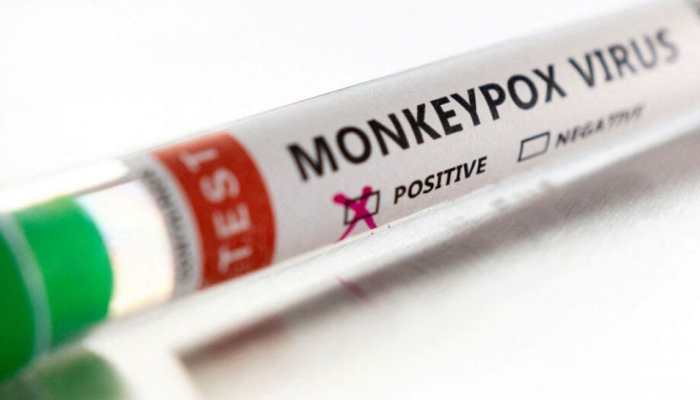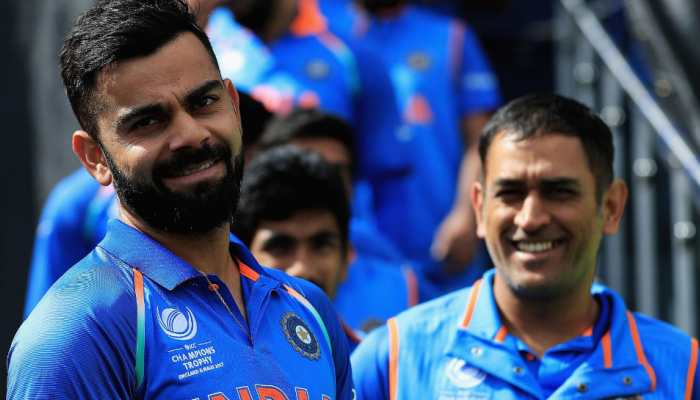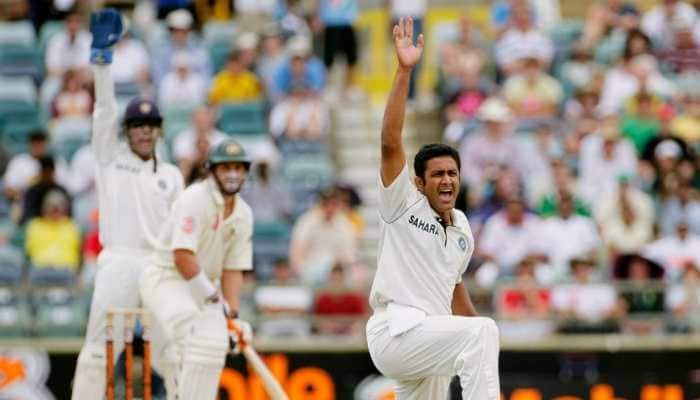Monkeypox outbreak: WHO lists 5 preventive measures to stop human-to-human transmission - Details here
After a total of 780 laboratory-confirmed cases of monkeypox have been reported or identified in 27 countries, WHO shared five key measures to stop the human-to-human transmission of monkeypox disease.
Trending Photos
) Representational image
Representational image New Delhi: After a total of 780 laboratory-confirmed cases of monkeypox have been reported or identified since May 13 and as of June 2 from 27 countries across four WHO regions, the World Health Organisation (WHO) has decided to take quick action so that the spread of the virus can be stopped. The WHO has shared key measures to stop the spread of the disease.
“And this is very critical as we are in a situation where we can use public health tools for early identification," a WHO official said adding that it is extremely essential to stop the spread in the non-endemic countries.
The five key measures to stop the spread of monkeypox as per the WHO are:
Dr @mvankerkhove explains key actions to prevent #monkeypox pic.twitter.com/IbO11jvgtx — World Health Organization (WHO) (@WHO) June 4, 2022
The WHO official said that the first step is to raise awareness about what monkeypox is about and what it isn’t and we have to expand surveillance.
“The second is to stop human-to-human transmission of monkeypox – We can do this in the non-endemic countries And this is very critical as we are in a situation where we can use public health tools of early identification; isolation of cases, supported isolation cases, talking with communities and listening to communities, and engaging with communities to be a part of the solution,” the official said.
The official added that the third is that we also want to protect frontline workers. Anyone that is out there Anyone who is out there taking samples for testing or to take care of individuals want to ensure that they have the right information and that they have the right personal protection equipment and we want to utilize all the countermeasures that are in place.”
“Fourth is to utilise countermeasures -There are antivirals and vaccines but we have to utilize these appropriately for those who are most at risk in an equitable fashion,” the WHO official said.
“Lastly, overarching is to advance our understanding of what monkeypox is. So we are going to have a big global meeting to discuss R&D, research, from everything from epidemiology, all the way through diagnostic, therapeutic and vaccine,” she said.
The UN's health agency said that while epidemiological investigations are ongoing, most reported cases so far have been presented through sexual health or other health services in primary or secondary health care facilities and have involved mainly, but not exclusively, men who have sex with men (MSM).
The sudden and unexpected appearance of monkeypox simultaneously in several non-endemic countries suggests that there might have been undetected transmission for some unknown duration of time followed by recent amplifier events.
WHO assesses the risk at the global level as moderate considering this is the first time that many monkeypox cases and clusters are reported concurrently in non-endemic and endemic countries in widely disparate WHO geographical areas.
(With agency inputs)
Stay informed on all the latest news, real-time breaking news updates, and follow all the important headlines in india news and world News on Zee News.
Live Tv







)
)
)
)
)
)
)
)
)
)
